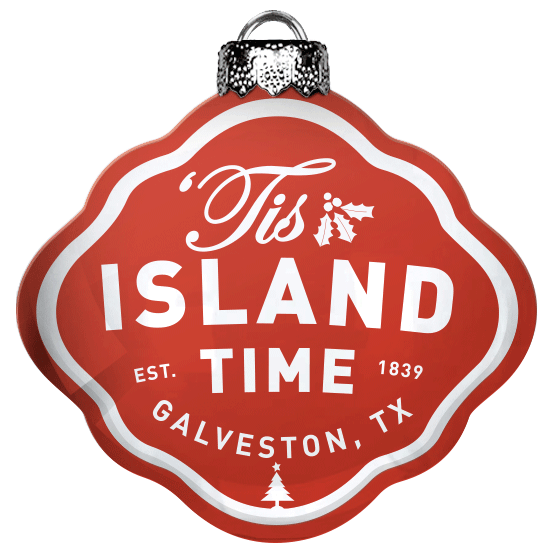Across Galveston, powerful landmarks and parks preserve the stories, struggles, and achievements of African American residents and leaders. These sites are more than memorials—they’re living chapters in the island’s ongoing story of freedom and resilience.
Middle Passage Marker
Galveston Historic Seaport, 2200 Harborside Drive
This solemn marker honors the Africans brought to Galveston during the transatlantic slave trade and those who perished during the Middle Passage. Galveston was one of only 48 U.S. ports of entry for enslaved Africans.
Juneteenth Marker
Osterman Building Site 2201 Strand Street
This was the site of Union Army headquarters in 1865, where General Order No. 3 was issued—officially freeing enslaved people in Texas and sparking what we now know as Juneteenth.
Juneteenth Monument
Ashton Villa 2328 Broadway Avenue J
This striking 9-foot bronze sculpture, known as “The Legislator,” commemorates the late Representative Al Edwards, who led the charge to make Juneteenth a state holiday in Texas.
Jack Johnson Park
1313 26th Street
A tribute to Galveston native and legendary boxer Jack Johnson, the first African American World Heavyweight Champion (1908–1915), who challenged racial barriers inside and outside the ring.
Norris Wright Cuney Park
718 41st Street
This park honors Norris Wright Cuney, an influential political leader and labor organizer who helped establish schools and expanded opportunities for African Americans across Texas.
Site of Cotton Jammers’ Park
3726 Avenue S
Once a hub of Galveston’s bustling cotton trade, this site honors the laborers—many of them African American—who packed cotton bales into ship holds, a demanding process known as “cotton jamming.”
African American Beachfront
28th & 29th Street at Seawall Boulevard
During segregation, this stretch of beach was home to African American-owned businesses and gathering spaces. Though confined by discriminatory policies, the area became a vibrant, self-sustaining community that drew visitors from across the country.









